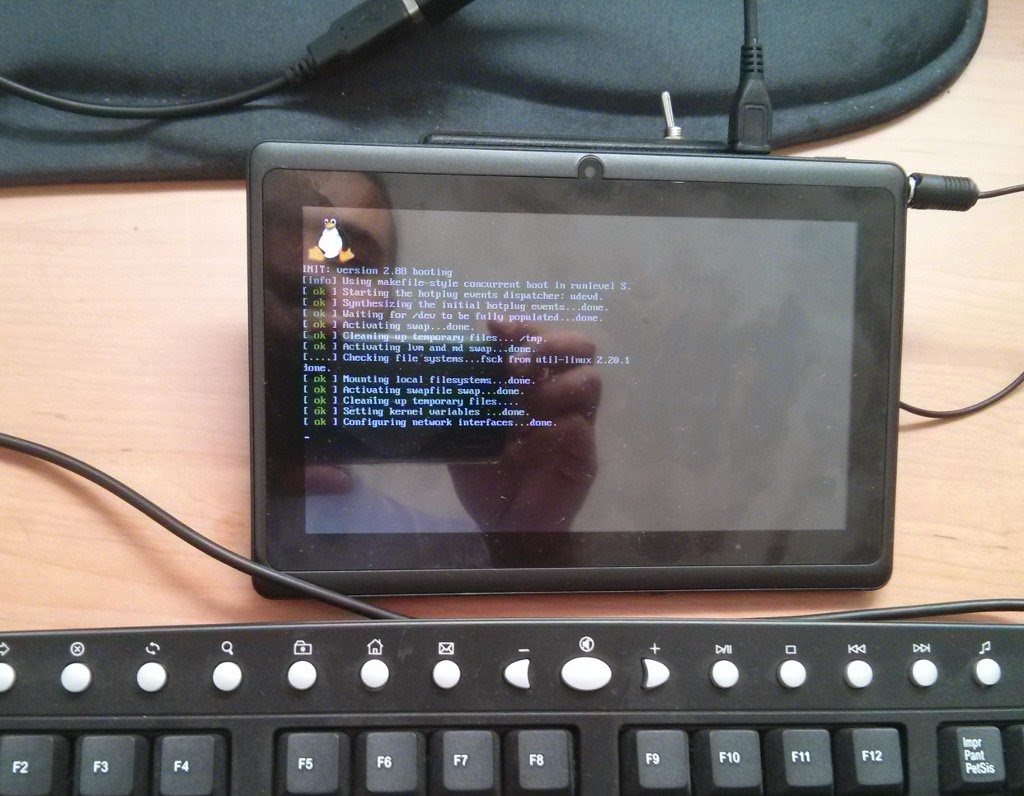

It’s called Developer Options, and it’s where all the cool and dangerous system options live. You’re not a real developer – unless you were before you started – but you will find that there is now a new menu in the System section of Settings.

If there’s an update available, download and install it. It may seem counterintuitive to update an operating system that you’re about to nuke, but for everything to go well, it’s important that you’re on the most recent version of AndroidĮnter your settings menu, tap on System, then select system updates. Make Sure that Your Phone Is Fully Updated Most installation problems can be fixed by replacing the USB cable with a factory fresh one, so it’s best to have one ready before you start. During the installation process, the installer will be writing a vast amount of data to your phone’s internal memory and it’s very sensitive. The USB cable you’ve been using to charge your handset overnight and occasionally transfer media files is probably not up to the job. If your handset is on the list and you think you can live with the OS in its current state, move on to the next step. For what it’s worth, this author has been using Ubuntu Touch on a Oneplus 3 for over a year, and it’s been great.

For example, NFC and fingerprint recognition are not functional on the Oneplus 3, and both video recording and playback are patchy.


 0 kommentar(er)
0 kommentar(er)
